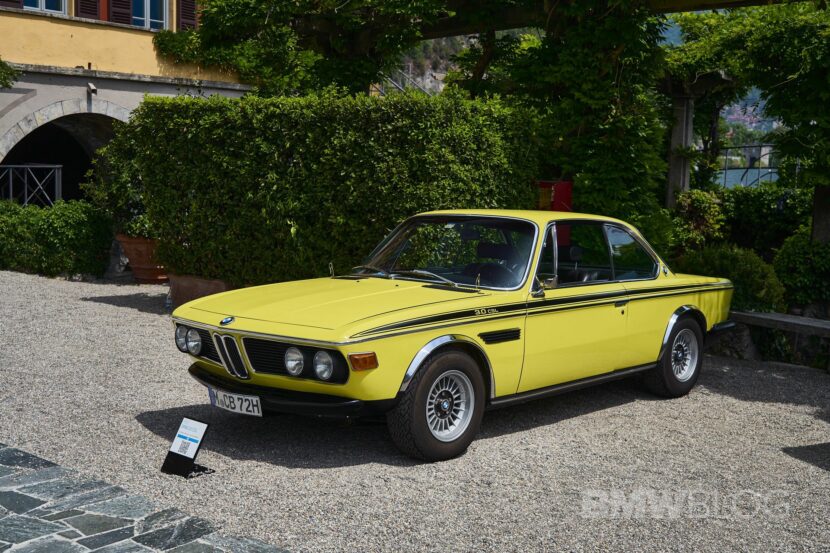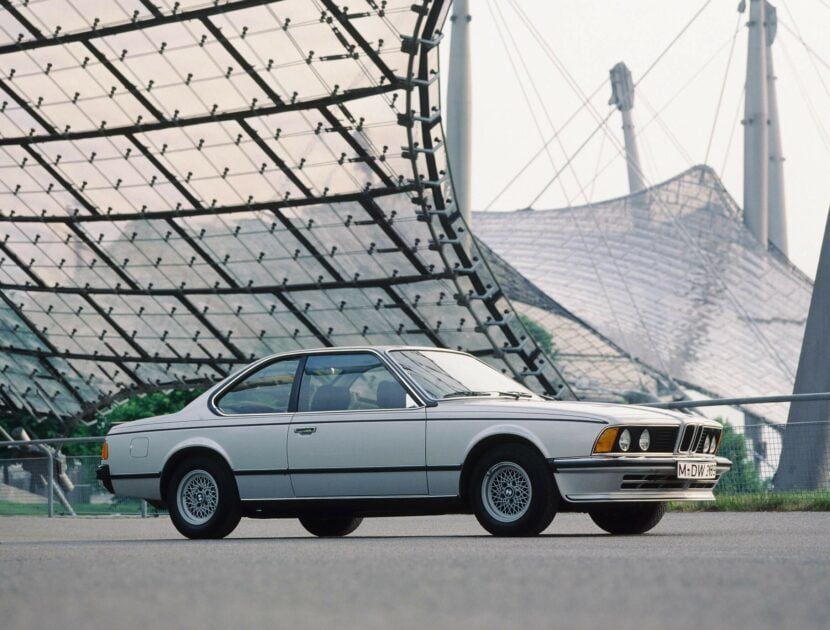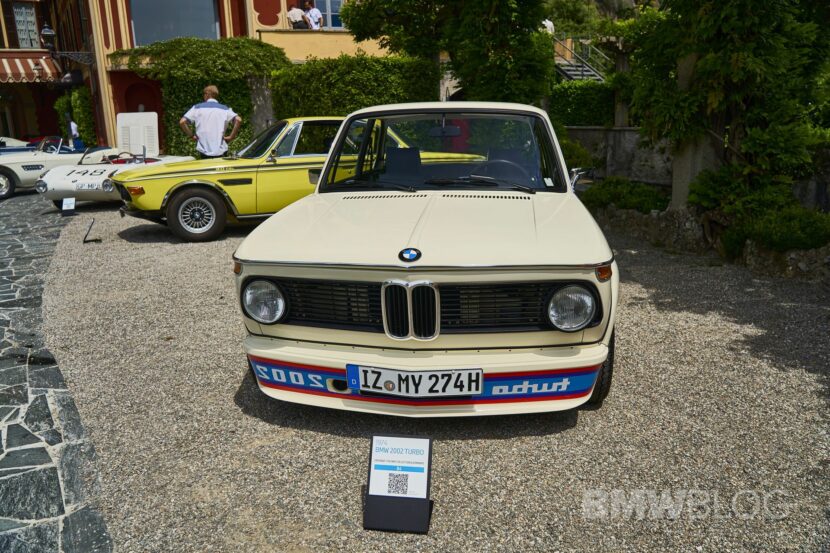1970 was over five decades ago, but it was a decade rife with exceptional BMW products. The most noteworthy offerings established BMW as a premier automaker worldwide. There were some fantastic BMWs produced, most, if not all of them, are considered classic cars today. Take a step back in time and a look at the vehicles that allowed BMW to build an empire in the 1970s.
E9 BMW 2800 CS/3.0 CS

The E9 BMWs gave birth to perhaps the most iconic BMW of all time – the 3.0 CSL. Its storied racing pedigree spans most of the 1970s, and iconic features like a side-exit exhaust system and ridiculous (but functional) body kit solidified BMW as a competitor in the modern era of touring car championships.
Most enthusiasts are acutely aware of the 3.0 CSL and its storied wins. But it couldn’t have happened without early production models of the E9, beginning with the 2800 CS. It was built long enough to use the newly developed M30 inline six-cylinder engine and weighed less than its predecessor, the E3 (or “New Six”). In 1971, the more powerful 3.0 CS and 3.0 CSi replaced the 2800 CS, paving the way for roadgoing versions of the CSL and, later, the iconic touring car.
BMW 02 Series
Like the E9, the 02 Series debuted in the late 1960s. It’s based on the popular “New Class” sedans introduced in 1962 and provided buyers a new entry point to the brand. It’s essentially a New Class chassis with two inches chopped out of the center of it, giving it a shorter wheelbase of 98.4 inches. It hit US shores as the BMW 1600 (technically, the 1600-2) and was the cheapest BMW available at the time, starting around $3,000 in 1968. Though it produced just 85 horsepower from its 1.6-liter powerplant, its light weight and diminutive proportions made it quite fun to drive.
A variety of different 02 models existed, but the 2002 version is what really made things interesting. Buyers, particularly in America, needed more power, so a dual-carbureted 2002ti was introduced. Several cosmetic enhancements followed in 1971, and eventually, the 2002 Turbo became BMW’s first turbocharged production vehicle and sold, predictably, well.
E12 BMW 5 Series

The first-ever 5 Series launched globally in 1972 and featured both a race-specific version (the 530 MLE) and the first-ever Motorsport division vehicle for the street, the M535i. Over 700,000 E12 BMW 5 Series rolled off the production lines and into customer driveways, and for good reason. BMW was flush with cash thanks to the success of the New Class and other projects, and the first 5er offered familiar looks, enhanced athleticism, and compelling four- and six-cylinder engines.
The debut of the 530i made waves everywhere – but in America, it was received extremely well. Road and Track hailed it as “the best-riding BMW ever” and noted it as one of the best handling, too. It starkly contrasted what American automakers were doing, notably meeting emissions requirements without utilizing a catalytic converter, and it solidified BMW’s reputation stateside.
E26 BMW M1

It’s hard to talk about any historic BMWs – let alone BMW in the 1970s – without mentioning the BMW M1. Jochen Neerpasch’s iconic mid-engine M was the first vehicle solely developed by BMW M GmbH, the first (and one of only two in history) mid-engine BMW ever, and inspiration to countless concepts and renders throughout the decades. A joint project with Lamborghini that went awry as the Italian automaker battled financial problems, BMW only produced 453 of these – 399 streetcars and 54 Procars.
The BMW M1 never officially made it to US shores, giving it a forbidden fruit aura that at least partially explains why the last one on Bring a Trailer sold for over $650,000. Never the racing legend that Neerpasch and the Motorsport division hoped, it became a monument to what could have been and now happily trades hands among well-heeled collectors.
E24 BMW 6 Series

Aw, come on. We can’t have a list like this without mentioning the Shark. The E24 6 Series has the odd distinction of being produced on two different platforms. Pre-facelift (before 1982), the E24 used underpinnings from the E12 5 Series. From 1982 on, it used architecture from the E28 5 Series. The first-ever 6er hit its stride with the 635CSi, getting unique body components and the feisty M90 engine, a close relative to the M88 inline-six under the M1’s hood.
The 6 Series eventually got a true-blue M version and a race-winning version that succeeded the 3.0 CSL. Around 50 competition chassis raced in European Touring Car Championship, Deutsche Tourenwagen Meisterschaft, and other iconic race series. E24 6 Series production spanned a remarkable 13 years but never deviated from its roots, always featuring an inline six-cylinder under the hood and most versions offering a manual transmission.






































































